Written By: Olivia Connatser CPDT-KA
All featured products are chosen at the discretion of the author. However, as an Amazon associate, I earn from qualifying purchases
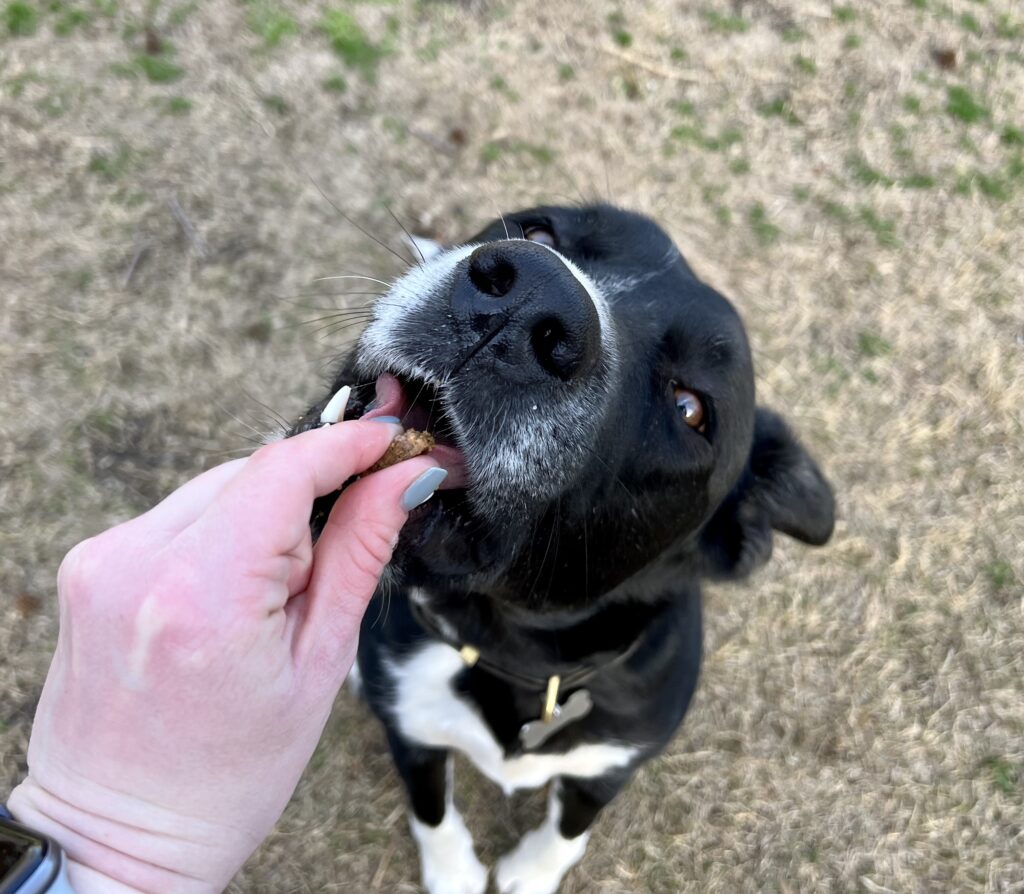
If you have ever worked with a dog trainer or read information on dog training, you have probably heard the term “high value treat,” but you might not know exactly what that means. While it’s true that most dogs will enjoy just about any treat you give them, understanding the different values of treats and how to use them in your training can be a game changer.
High Value Treats Explained
Not all treats are created equally. Think of training treats as your dogs payment for working with you. These treats exist on a scale, with some treats that are “worth” more than others. For example, treats like kibble and Milk-Bone are going to be on the low end of the scale, worth only a few cents to your dog. Treats like Nulo and Zuke’s are going to be on the middle of the scale, worth a few bucks. High value dog treats are the top of the scale, worth hundreds of dollars! These are going to be things that are irresistible to your dog and make their mouth water… I’m talking string cheese, hot dog, boiled chicken and specific types of packaged dog treats. These high value dog treats are going to be an important part of your training plan!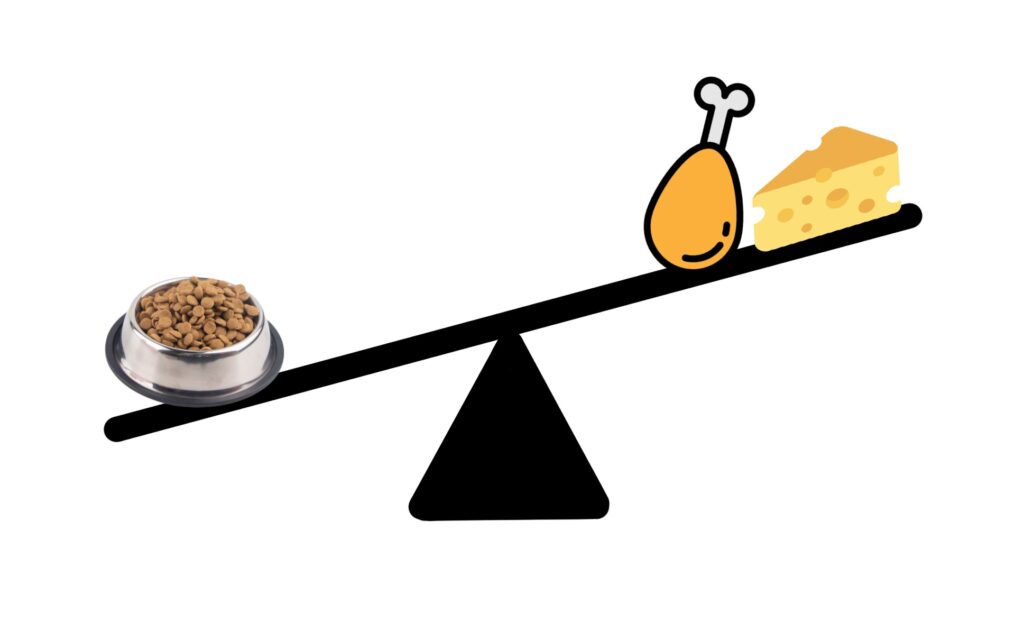
When to Use Different Values of Treats
At Home
When you are at home in very quiet, low distraction rooms, use whatever treat your dog will easily work for. Most dogs will work just fine for their kibble or low value treats in these locations.
Low Distraction Environment
When you start to train in new or more exciting places like your backyard or a location with other people and dogs around, you’re going to need to increase the value of your reward to keep your dog focused and engaged with you. Try slightly increasing the value of your treat and see what response you’re getting. If they’re quick to focus back on you after you reward them, that treat value is a high enough for that environment. If they seem a bit distracted and you’re having a hard time keeping their focus, increase the value of your treat.
High Distraction Environment
When you take your dog to places with lots of other people, dogs, noises and distractions like neighborhoods, parks, dog obedience classes, or dog friendly stores, you are going to need a high value dog treat to maintain attention and engagement. Places like this tend to be the hardest environments to train in, especially if your dog is not familiar with the particular location. In these situations, you need your treat to be more exciting than the environment and all the distractions, so bring the good stuff!
Other examples of when you will likely need high value treats would be any sort of behavioral modification training, situations where your dog might be nervous or unsure, or when practicing things you want your dog to really love – like recall!
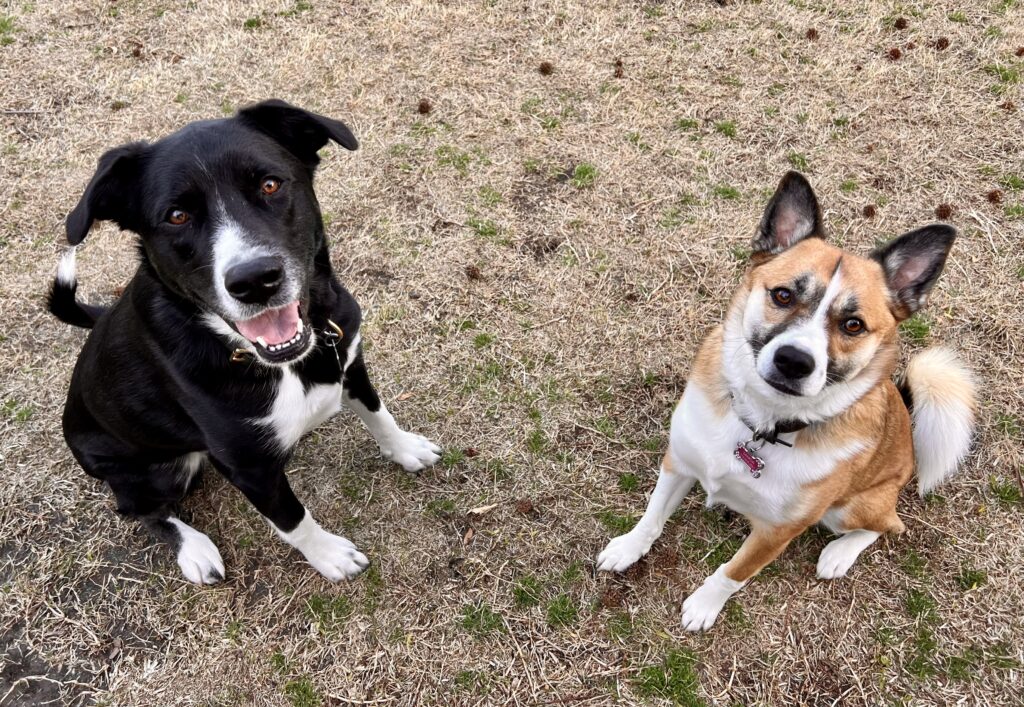
Examples of High Value Treats
It’s important to remember that each dog will have their own preferences for treats, and ultimately, they are the one to decide what is the most valuable. I recommend doing a taste test with your dog to see which treats really spike their interest and excitement. Keep a list of your dog’s absolute favorite treats, his medium value treats, and his low value treats to reference and remember, sometimes you should introduce novel treats to keep training exciting and fun!
High value treats tend to be soft, greasy, and smelly. Usually the smellier, the more dogs like them. Here are a few examples of different high value treats I use with my dogs:
- Human Food: Plain boiled chicken, hot dogs
- Animal Product: tripe, beef lung, chicken hearts
- Packaged Dog Treats:
Important Note: If your dog won’t eat ANY treat when you’re training in environments other than your home, consult with a Veterinarian or Certified Professional Dog Trainer for further help.
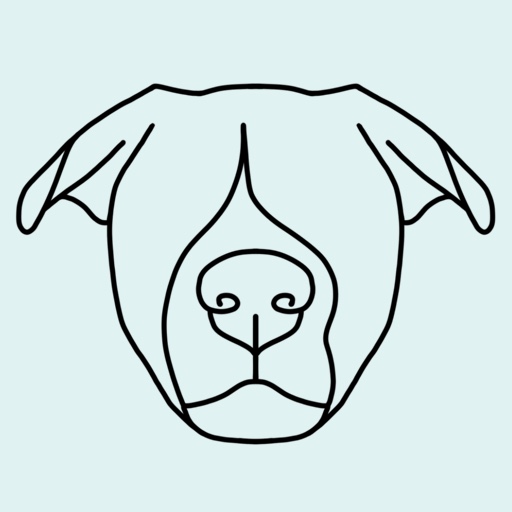
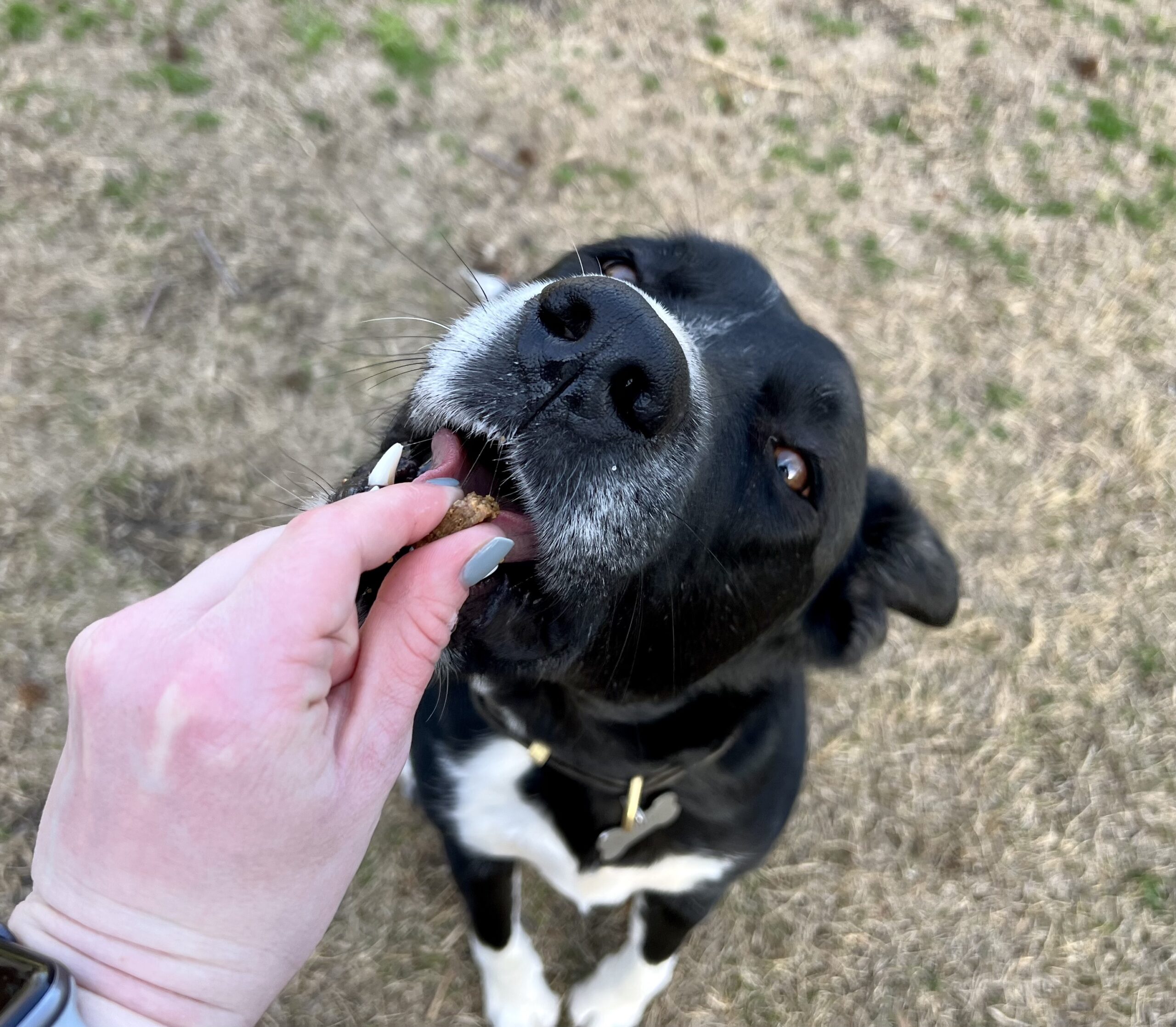
Well said Mrs. Connatser!
I sure hope you could train my dogs!